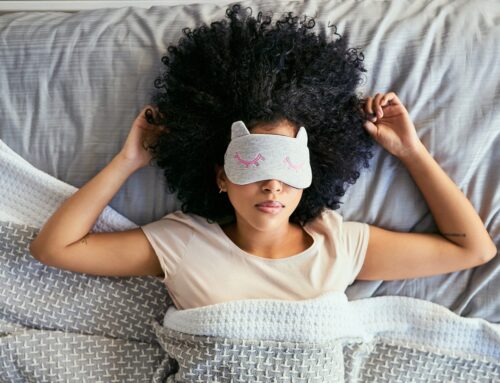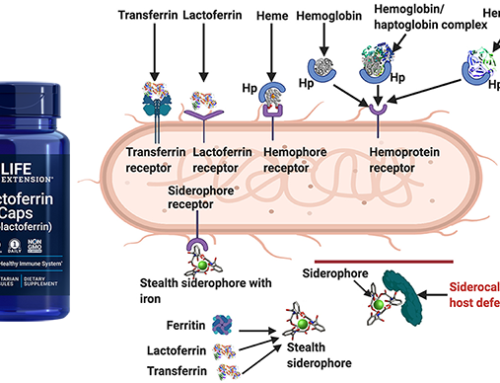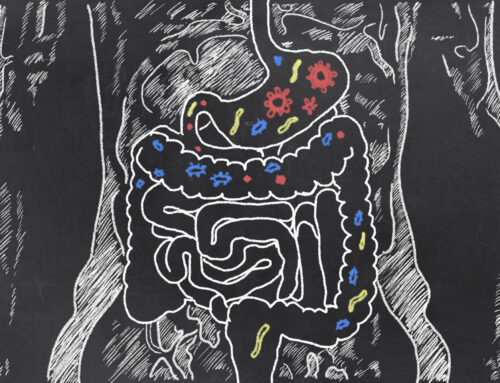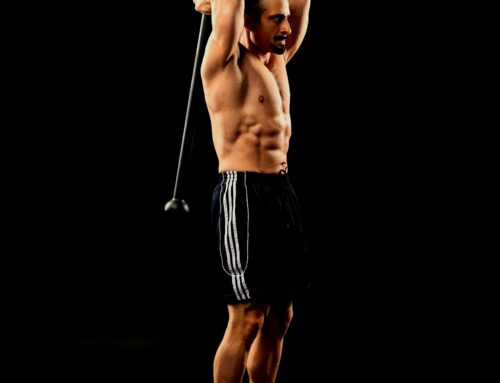What is Red Light Therapy?
Red-light therapy is a treatment that uses near-infrared light to facilitate the stimulation and healing of skin, hair, muscle, and connective tissue. It does so by exposing the body to low-level near-infrared light that can be seen, unlike infrared light which people can only feel. According to therapists that recommend red-light therapy, the treatment can be used to improve conditions of hair loss, osteoarthritis, dental pain, tendinitis, delay the onset of wrinkles, and in a small case study, it has been shown to improve the severity and outcome in dementia patients (Avci et al. 2013). Red-light therapy is also referred to as photobiomodulation (PBM), low-power laser therapy, and level laser therapy (LLT) (Avci et al. 2013).
How Red-Light Therapy Works
Red-light therapy is believed to have a biochemical effect on mitochondria within the cells of the body. One performs red light therapy by exposing their skin to a red-light lamp, laser, or similar device. The light stimulates the mitochondria of cells, which are the power generating cells of the body. The light improves the functioning of the mitochondria and allows them to make more ATP (adenosine triphosphate), which is the energy-carrying molecule in animal and human bodies (Avci et al. 2013). As the mitochondria absorb the heat energy from the red light, they generate more energy “for cellular reactions, including metabolism, signaling, and gene transcription” (Tsai & Hamblin, 2017). The energy they produce helps in the regeneration of cells as they repair themselves and become healthier. These mechanisms help to rejuvenate the skin, muscle tissue, and connective tissue and prevent the formation of wrinkles, dull the appearance of old scars, and help with the treatment of wounds. Since red-light therapy uses low-level infrared light, it does not burn skin nor does it have any deleterious effects like that of UV rays, therefore, it is not similar to tanning lights (Russell, Kellett & Reilly, 2005).

Red Light Therapy Devices and Treatment
When carrying out red-light therapy at home, one needs to choose the right devices for treating various body parts. The market offers both high-end brands and affordable smaller-scale products. Some product examples of red-light therapy that can be purchased include:
- The LED Masks that focus on the face only like the FDA cleared Aphrona LED therapy device
- The full-body LED light systems, like the high-end product SGROW 900W Red Led Therapy for $799.00
- Smaller gadgets which are more affordable but can be time-consuming like the Red Light Therapy Device by Bestqool for $159.99
- iRestore Laser Hair Growth Restore System at $495.00 for those wishing to restore hair growth.
While choosing a device, one needs to ensure that it is low-level red light with 633 to 700 nm wavelength and is effective for the treatment of skin and hair loss therapy. Near-infrared light of 700 to 830 nm is more effective when treating wounds, scars and pain in joints and muscles (Russell, Kellett & Reilly, 2005). Both types can be found online but only some are FDA cleared.
Treatment Protocols
The most recommended treatment period for home red-light therapy devices is about 10-15 minutes. For more symptomatic areas, the period can be increased to at least 15-20 minutes. These devices should be held at least 4 inches from the skin. Beyond this period, there is diminishing return as no improvement can be observed. The treatment can be used daily and up to three times a day for symptomatic areas. However, at least a six-hour gap should be maintained between treatment periods. For issues such as joint pains and inflammation, the treatment works within days and a few weeks. For skin therapy, it requires about 2-3 months of consistent use of red-light therapy (Wunsch & Matuschka, 2014).
Dangers and Precautions When Using Red-Light Therapy
Although red-light therapy is proven beneficial, it can cause damage to the eyes, therefore, eye protection, similar to what you would use during a tanning bed session, should be used. Also, it is essential that one does not fall asleep in RLT units or use broken devices as it can lead to burns and bruises. Nonetheless, the process and the products are safe and painless when proper precautions are maintained.
Conclusion
When proper precautions are implemented red-light therapy can be an effective approach to help prevent premature skin aging while also stimulating muscle and connective tissues to function better. Whether you use a low-cost in-home red-light therapy or a full-body approach is up to the user’s budget, and resources, but science has shown that it will be effective nonetheless.
References
Avci, P., Gupta, A., Sadasivam, M., Vecchio, D., Pam, Z., Pam, N., & Hamblin, M. R. (2013, March). Low-level laser (light) therapy (LLLT) in skin: stimulating, healing, restoring. In Seminars in cutaneous medicine and surgery (Vol. 32, No. 1, p. 41). NIH Public Access.
Russell, B. A., Kellett, N., & Reilly, L. R. (2005). A study to determine the efficacy of combination LED light therapy (633 nm and 830 nm) in facial skin rejuvenation. Journal of Cosmetic and Laser Therapy, 7(3-4), 196-200.
Tsai, S.-R., & Hamblin, M. R. (2017). Biological effects and medical applications of infrared radiation. Journal of Photochemistry and Photobiology B: Biology, 170, 197–207. https://doi.org/10.1016/j.jphotobiol.2017.04.014
Wunsch, A., & Matuschka, K. (2014). A controlled trial to determine the efficacy of red and near-infrared light treatment in patient satisfaction, reduction of fine lines, wrinkles, skin roughness, and intradermal collagen density increase. Photomedicine and laser surgery, 32(2), 93-100.






